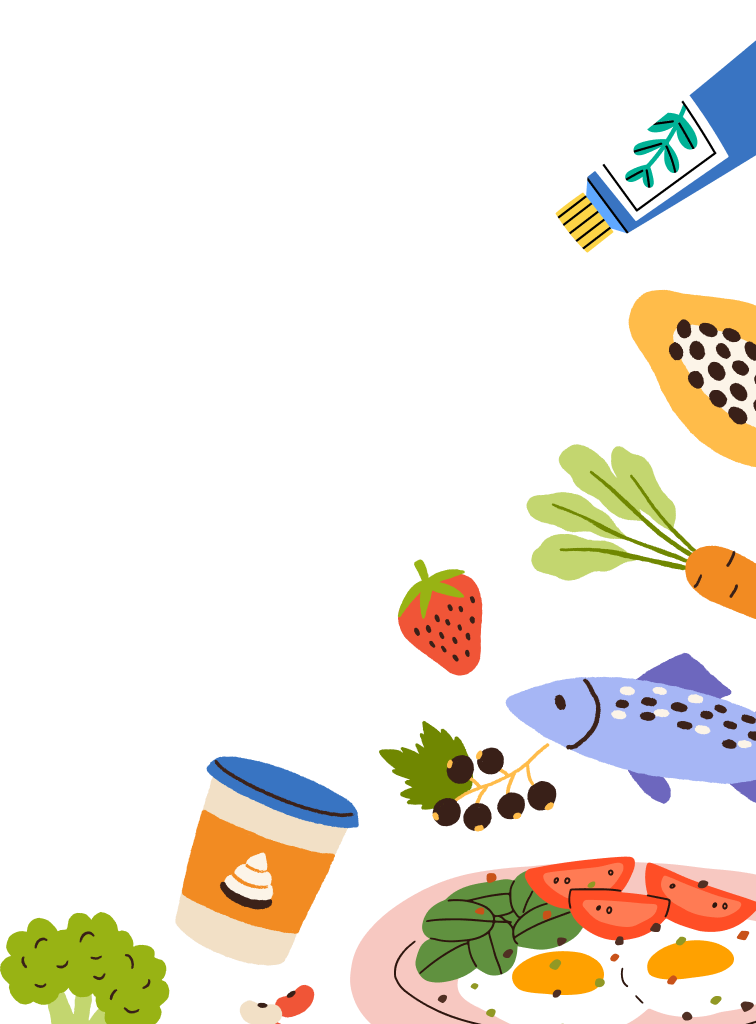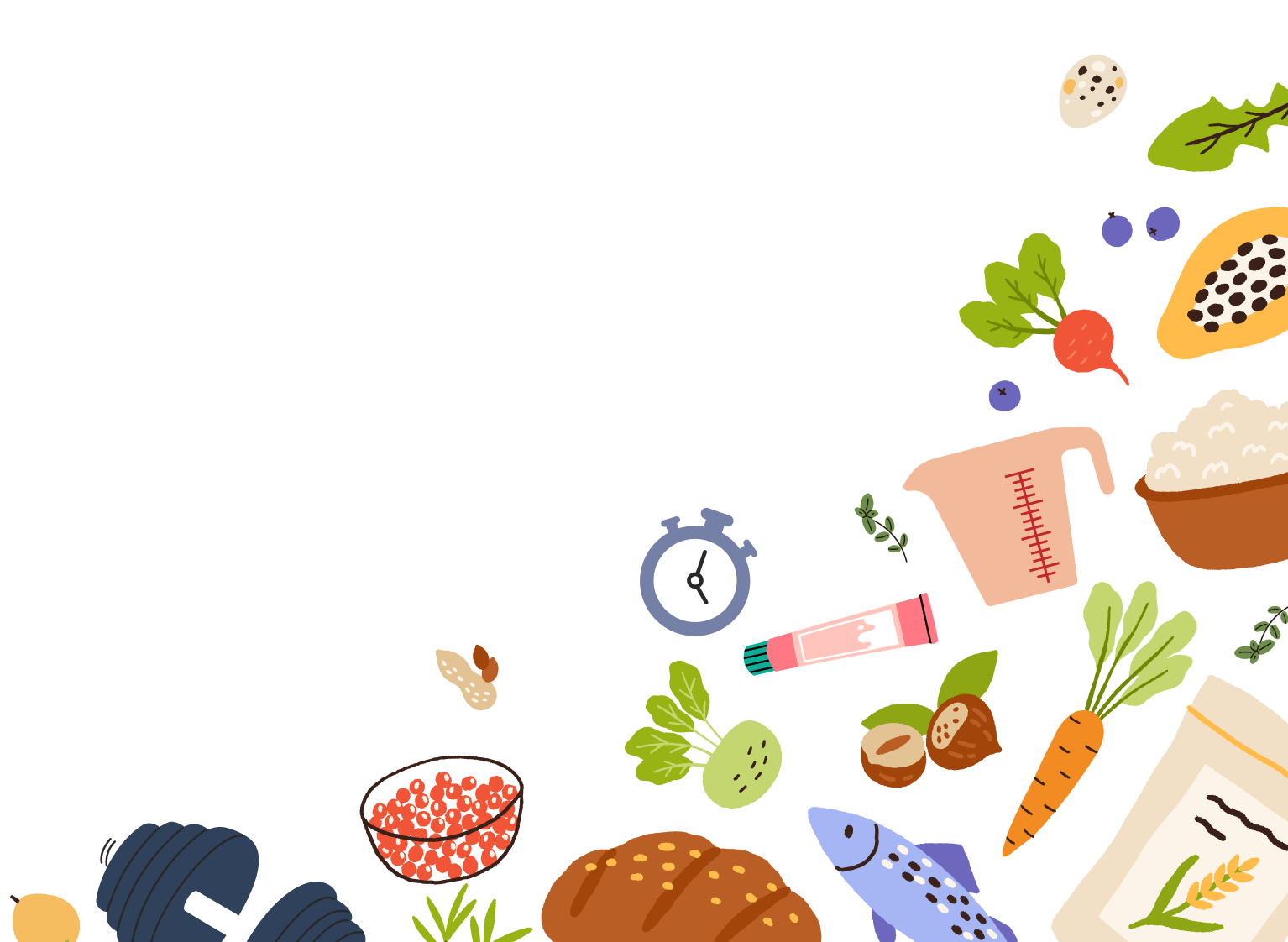Breaking the Cycle: Teaching Kids Healthy Eating Through Culture and Family Habits
Picture this: a fully stocked pantry with numerous healthy foods: apples, celery, wheat bread, and whole grain cereal (just to name a few items). Not a bag of Doritos in sight. “Mom! There’s nothing to eat in here!” your child exclaims, standing with their hands on their hips. Ever been in this situation?
Numerous families experience similar sights daily. While parents know the importance of eating healthy foods, children do not. They only see “gross” foods that adults eat. Can you blame them? I’d much rather have a sweet honey bun than bananas and peanut butter!
How do we, as parents, win this battle? Come along, Foodguides fam, as we break the cycle of unhealthy food habits and embrace new traditions to share with future generations.
The Inheritance of Taste: How Food Preferences Are Passed Down
It’s no surprise that we inherit our food preferences from our parents and other family members. Can these culinary choices affect our health? How can we change them to help future generations?
The world is rich in cultural diversity—and food is no exception. Every culture has its own beloved meals, snacks, and desserts, each offering unique nutritional benefits. Below is a brief overview of several global cuisines.
United States
Typical “American” foods can be challenging to define. We are the world’s melting pot, after all! Most dishes feature a source of protein, commonly beef, chicken, or pork. Vegetables often accompany the choice of protein, usually potatoes and a “green” such as spinach or coleslaw. Carbohydrates can be found in anything, especially American desserts like apple pie and strawberry shortcake.
China
In Chinese culture, most meals contain one of the following protein sources: beef, tofu, lamb, or chicken. These are usually served alongside refined carbohydrates such as rice, bread, buns, and dumplings. The key ingredient in any Chinese meal is balance, which is often upheld by the Yin/Yang principle, with Yin foods being served cold and Yang foods served warm.
Japan
In Japan, most meals contain various types of seafood, which are excellent sources of omega-3. Fish and shellfish are commonly served with rice, mixed vegetables, or miso soup. The Washoku practice embodies Japanese cuisine, the social belief that food embodies the Japanese people’s spirit.
Mexico
Mexican cuisine features many protein sources, with pozole, grilled steak, carnitas, and ceviche being the most prominent. These are often accompanied by either rice, beans, or corn. Meals in Mexico are consumed as a family, the heart of Hispanic culture.
Middle East
In Middle Eastern dishes, protein sources are found in both meats and plants. Most meals feature either goat, fish, chicken, or lamb with seeds, nuts, lentils, labneh, and chickpeas. Mediterranean cuisine is also widely known for including vegetables such as eggplants, olives, dates, and tomatoes, and spices such as saffron, thyme, paprika, and coriander.
Learned Behaviors: How Children Adopt Their Parents' Eating Habits
Children who cannot drive or order takeout will eat what their parents provide, thus adopting their parents’ eating habits. It’s essential for parents to establish healthy eating habits for themselves so they can help their children eat more nutritious food too! After all, our health depends on the food we use to fuel our bodies.
The Impact of Generational Food Habits on Health
Have you ever heard the phrase “you are what you eat”? In some respects, it’s true! If you eat unhealthy foods, your health will pay the price.
Foods that are high in fat with low nutritional value are responsible for increasing your risk of developing chronic diseases such as diabetes, heart disease, and obesity. According to the National Institutes of Health, consuming processed foods high in sodium and sugar can also increase the risk of death from these conditions. These statistics are relevant not only to adults but also to children.
Poor diet not only affects a child’s physical growth and development but also their social and mental well-being. Lack of nutrition is responsible for mood changes such as increased anxiety and depression, especially as they become teenagers. Children lacking healthy meals may even have impaired cognitive ability, resulting in difficulty with memory, organization, and planning skills.
If we, as parents, do not break the cycle of poor health, our children and our grandchildren will face the health repercussions. We must acknowledge the positives in our cultural cuisine inheritance and recognize where we can improve for future generations.
Breaking the Cycle: Strategies for Change
Now that you know the facts, let’s make the change! We can help our children choose healthier options in numerous ways. We’ve picked three big strategies you can try:
Education and Awareness: Understanding the Connection Between Food and Health
For the logical child (a.k.a. me as a kid), explaining the connection between food and health is an excellent idea. Be sure to explain the correlation at the child’s comprehension level. For example, if you have a child in elementary school, try using pictures to assist in your explanation. Here are some excellent resources that can help facilitate this conversation:
How To: Set Your Family Up for Eating Success
Modeling Healthy Habits: Setting a Positive Example
Monkey see, monkey do, right? Another way to help your children choose healthy foods is to select these options yourself! Encourage your family to eat healthy meals as a unit at the dinner table, away from screens and social media distractions. Talk about your day and enjoy being together! Setting a positive example for your children will encourage them to make wise health decisions.
If you have a picky eater, the suggestions above may not be an option. Instead, try introducing new foods in a fun, creative way. Some families have found success with choosing one day of the week as “new food day”. Other families have found that including one new food for every “yes” food helps their kiddos choose to eat their fruits and veggies.
Creating a Healthier Food Environment for Future Generations
To create a healthier food environment for future generations, we need to change the world, not just our plates!
Community Initiatives: Promoting Access to Healthy Foods
Eating healthy should be a community-wide event! Look for local farmers’ markets and public gardens to add fresh produce to your pantry. If you have the space, plant your own fruits and veggies at home (an excellent learning experience for your children).
Policy Changes: Supporting Healthy Food Choices
If you want to make a big change, take a look at your local government’s policies on healthy foods. Look for policies that promote fruits, vegetables, and whole grains in school cafeterias. Research your town’s laws regarding nutrition labels on menus. On a federal level, advocate for restrictions on advertisements for unhealthy foods. Use your voice!
Family-Based Interventions: Empowering Families to Make Healthy Choices
If you have family and friends who are looking to add healthy foods to their plates, host a cookout! Encourage attendees to bring a tasty dish (bonus points if you include international cuisines). Here are some of our favorites:
Portobello Mushroom Burger Recipe
Low FODMAP Steak Kabobs with Chimichurri Sauce
The Role of Healthcare Professionals: Supporting Families in Making Changes
Healthcare professionals are responsible for protecting all aspects of your health, including your nutrition! If you want assistance with your (or your children’s) diet, speak to your doctor! They may refer you to a registered dietitian. These health care professionals specialize in healthy eating habits and can create a meal plan for your dietary preferences.
Remember: it's never too late to start eating healthy! By adding healthy foods to your children’s diet now, you’re promoting smart food selections in the future. This will significantly impact their adult health and possibly influence their future children to eat healthier too. Children are our future and are worth the investment. As parents, we can collaborate with pediatricians, schools, and our communities to promote healthy eating habits amongst our little ones. The next time there’s “nothing in here to eat”, share a snack (and your newfound knowledge) with your kiddo!
How will you introduce new foods to your family? Share your thoughts/ideas below!
-
CHS. (2025). Feeding the whole child: The effects of nutrition on child development, Catherine Hershey Schools for Early Learning, https://www.chslearn.org/resources/for-professionals/professional-blog-nutrition-in-child-development-catherine-hershey-schools/
-
Mitzewich, J. (2023). Defining American cuisine, theSpruceEats, https://www.thespruceeats.com/defining-american-cuisine-102172
-
Muth, N. (2024). How do I help my picky eater try more healthy foods?, HealthyChildren, https://www.healthychildren.org/English/tips-tools/ask-the-pediatrician/Pages/How-Do-I-Help-My-Picky-Eater-Try-More-Foods.aspx
-
Nemer, K. (2020). Cultural awareness of eating patterns in the healthcare setting, Clinical Liver Disease, https://pmc.ncbi.nlm.nih.gov/articles/PMC7727853/
-
U.S. Department of Health and Human Services. (2017). How your eating habits affect your health, NIH News in Health, https://newsinhealth.nih.gov/2017/05/how-your-eating-habits-affect-your-health
-
Vital Strategies. (2025). Food policy, Bloomberg Philanthropies Food Policy Program, https://www.vitalstrategies.org/programs/food-policy/





















Comments
Join The Conversation...